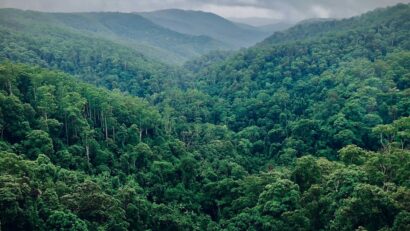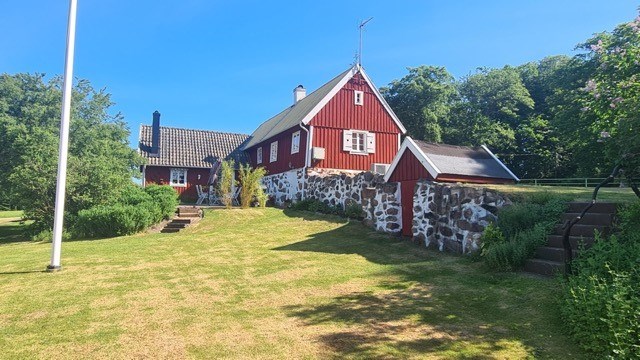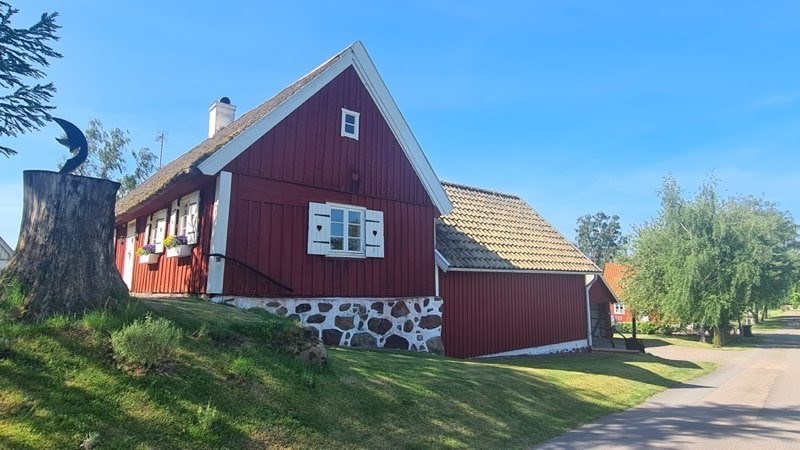
Peace, environmental protection, integration – Costa Rica a model State?
Costa Rica went its own way: without an army, but with investments in education and health, a sustainable economy and an open society, Costa Rica became a model state in Latin America.
Costa Rica is one of the most prosperous, peaceful and sustainable countries in Latin America. Although the Central American country is located in one of the most insecure and unstable regions of the world, the small country has managed to protect its peace and democracy. At the same time, the Ticos (the common name for people from Costa Rica) have made it prosperous. The country has become one of the most popular tourist destinations in the world. All this despite the fact that before independence, Costa Rica was one of the most insignificant and underdeveloped parts of the Spanish colonial empire.
But how did the small Central American country manage to develop so much? And what can other countries learn from Costa Rica? Here are three of the most important points.
Schoolbooks instead of Firearms
Costa Rica won its independence without violence in 1821. However, the country was not spared conflicts thereafter. Repeated wars and civil wars broke out. For example, the American William Walker tried to conquer all of Central America and establish a slave state there under the influence of the USA. Under the leadership of Costa Rica, however, the states of Central America were able to defeat William Walker.
The turnaround came with Costa Rica’s last civil war in 1948. At the end of the war, the army was abolished and since then Costa Rica has lived in unarmed neutrality. This makes Costa Rica one of the few countries in the world without an army.
[embedded content]
Instead of spending money on weapons, Costa Rica invested in education and the health system. The result is impressive: Today, the Ticos have the highest life expectancy in Latin America and even do better than the USA. In education, Costa Rica has one of the highest literacy rates and one of the highest percentages of university graduates in Latin America. This has led to a strong civil society and a successful economy.
Costa Rica has not only promoted peace in its own country, but has also worked for the peaceful resolution of conflicts throughout the region. The country successfully acted as a mediator in the civil wars in Nicaragua, Guatemala, Honduras, and El Salvador. For this commitment, the then Costa Rican President Oscar Arias Sánchez was awarded the Nobel Peace Prize.
Costa Rica is a Role Model in Environmental Protection
Costa Rica is one of the most sustainable countries in the world and a model of nature conservation. The country obtains almost 100 percent of its electricity from renewable energy and is a global pioneer together with countries such as Iceland and Norway. In 2017, the country went a full 300 days without fossil energy in its electricity generation. Costa Rica is so successful with its sustainable energy that it can even export electricity to neighbouring countries.
The country also has one of the largest biodiversities in the world. More than 5 percent of all known animal and plant species are native to Costa Rica, and this despite the fact that tiny Costa Rica makes up only 0.03 percent of the land area of our planet. By comparison, Austria is home to only about 0.53 percent of the world’s biodiversity, even though the country is almost twice the size of the Central American nation.
This is not by chance. Costa Rica has made great efforts to protect its nature. Until the 1980s, the country was affected by heavy deforestation and only about 30 percent of the land was covered by forest. Costa Rica then launched a massive campaign to reforest the country. Today, almost 60 percent of the country’s territory is covered with forest again.
Hardly any other country in the world has been as successful in reforesting its forests as Costa Rica. (Foto: Waren Brasse / Unsplash)
To protect nature in the long term, Costa Rica has created numerous protected areas, including 26 national parks. The national parks alone account for over 12 percent of the country’s surface area. To put that in perspective: Austria has six national parks, which together make up less than 3 percent of the national territory.
This is not only good for animals and plants, but also for people. Besides being green lungs, the national parks are also tourist magnets. Around 2.5 million tourists from abroad visit Costa Rica’s national parks every year. This makes the country a pioneer in sustainable tourism.
Openness and Integration
Costa Rica is very open and welcoming to people from other countries. That is why the number of people living in Costa Rica but born in other countries has increased a lot in the last decades. People come from different countries and for different reasons. Costa Rica has a long tradition of welcoming refugees. Especially when many countries in Central America were affected by civil wars, Costa Rica took in refugees. In recent decades, however, there has also been an increased migration of workers from Nicaragua to Costa Rica to fill labour shortages in tourism and agriculture. Equally, many people from North America and Europe come to live in Costa Rica because of the natural beauty and pleasant climate.
Costa Rica is comparatively successful in integrating these different groups into society. Besides the openness of the population, this is mainly due to two reasons: the legal regulations in this area and the national understanding of the Ticos.
The biggest legal difference between Costa Rica and many European countries is that all people born in Costa Rica are automatically entitled to Costa Rican citizenship. Children of Ticos born abroad are of course also entitled to citizenship. In addition, it is easier for people with foreign passports to obtain Costa Rican citizenship than in Austria, for example. In Costa Rica you only have to live in the country for five years, in Austria for ten.
Costa Rica’s national identity also makes it much easier for people from abroad to integrate. Being Ticos has to do with language and values. Anyone who speaks Spanish and uses typical Costa Rican expressions (such as tuanis for “cool”, mae for “Oida” or pura vida for everything from “thank you”, “please” to “all is well”) is quickly seen as a Tico. Values that are highly rated in Costa Rican society are pacifism, environmental protection, but especially cosiness and conviviality. The focus of the national understanding on language and values rather than skin colour or origin of the parents makes it simple to integrate into Costa Rican society.
Ticos love nature, tranquillity and cosiness. So it is not surprising that they have made the sloth one of their national symbols. (Foto: Adrián Valverde / Unsplash)
Role model but not without flaws
This is not to say that Costa Rica is a paradise that is flawless. The country has many problems to overcome. Although corruption in Costa Rica is low compared to other Latin American countries, it still leads to large infrastructure projects often not being realised, being delayed or costs exploding. However, it is precisely these projects that would be necessary for the continued fight against climate change. For example, the expansion of public transport in Costa Rica is lagging behind. Therefore, most people still depend on the car, even in urban areas. In addition, social inequality and crime have grown in recent years. The public health and education systems are also under increasing financial pressure.
Nevertheless, the example of Costa Rica shows that a country with peaceful, social and sustainable development can be successful and countries like Austria can also learn a lot from this example.
This work is licensed under the Creative Common License. It can be republished for free, either translated or in the original language. In both cases, please cite / Thomas Hackl as the original source/author and set a link to this article on Scoop.me. https://scoop.me/costa-rica-model-state/
The rights to the content remain with the original publisher. Läs mer…

